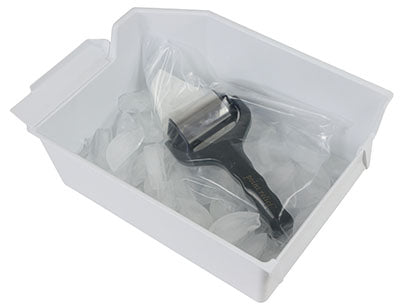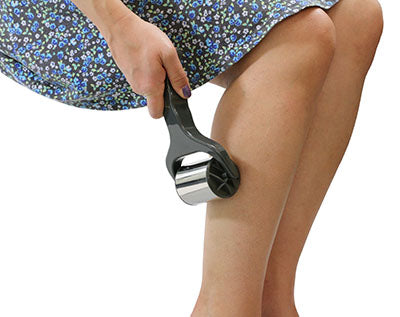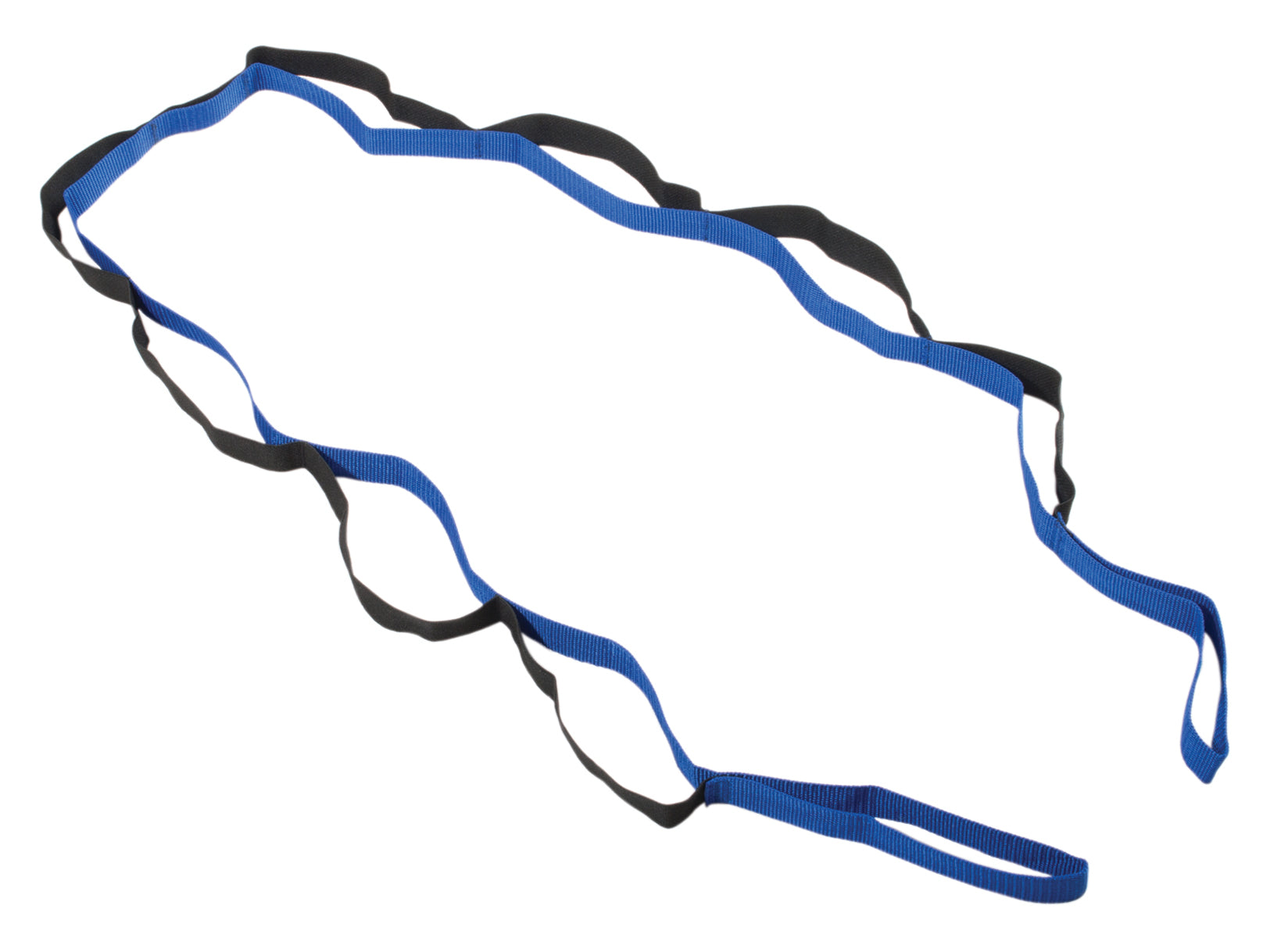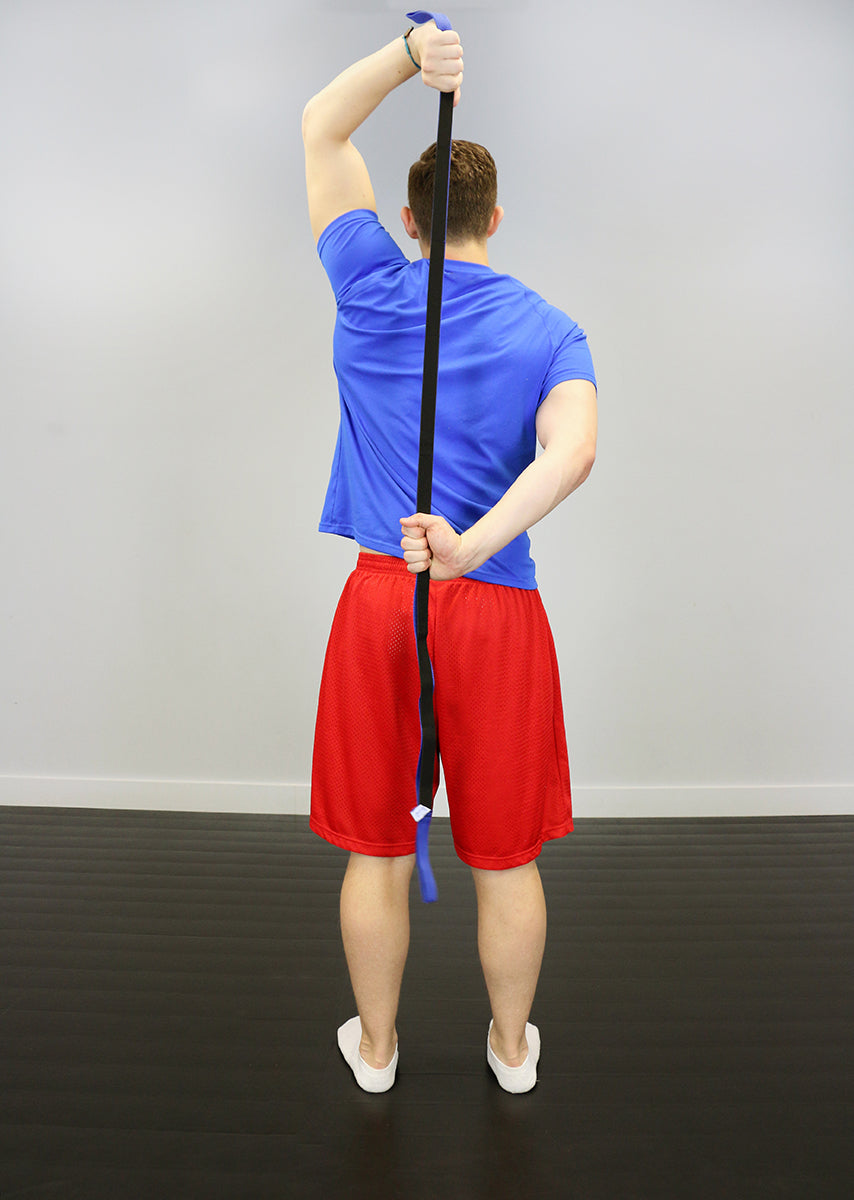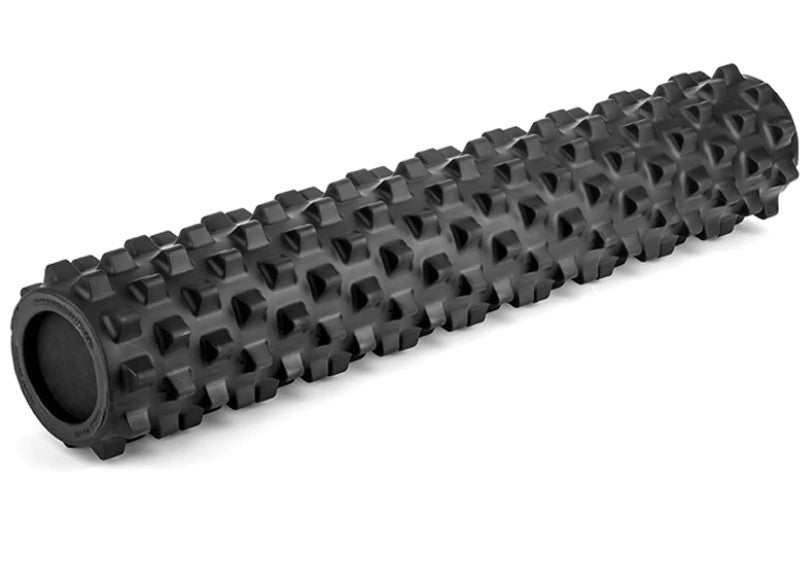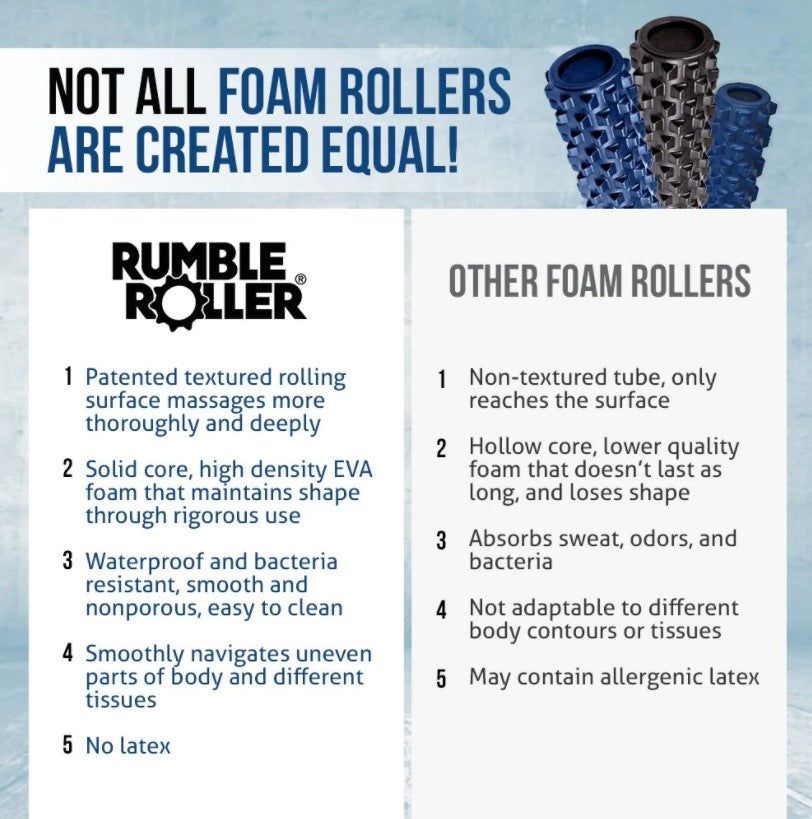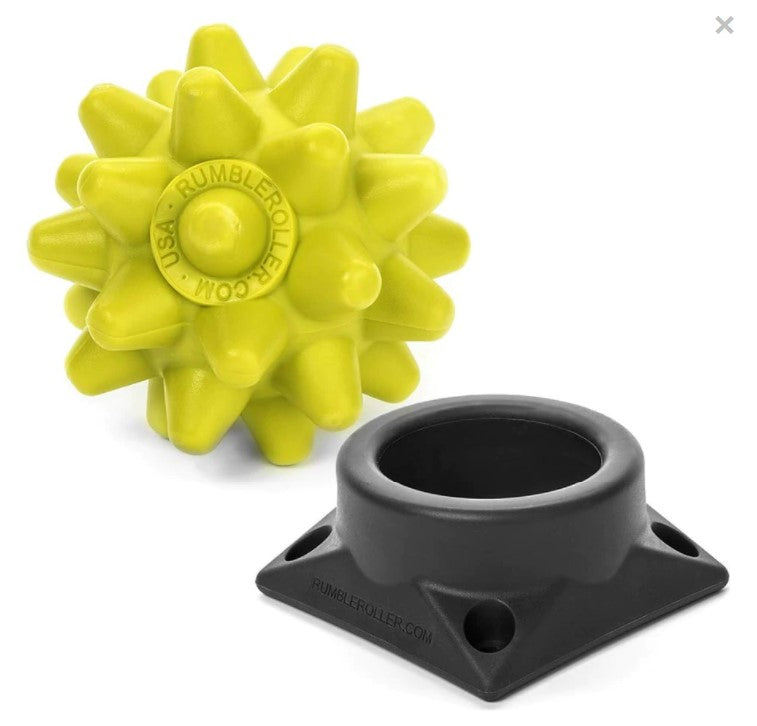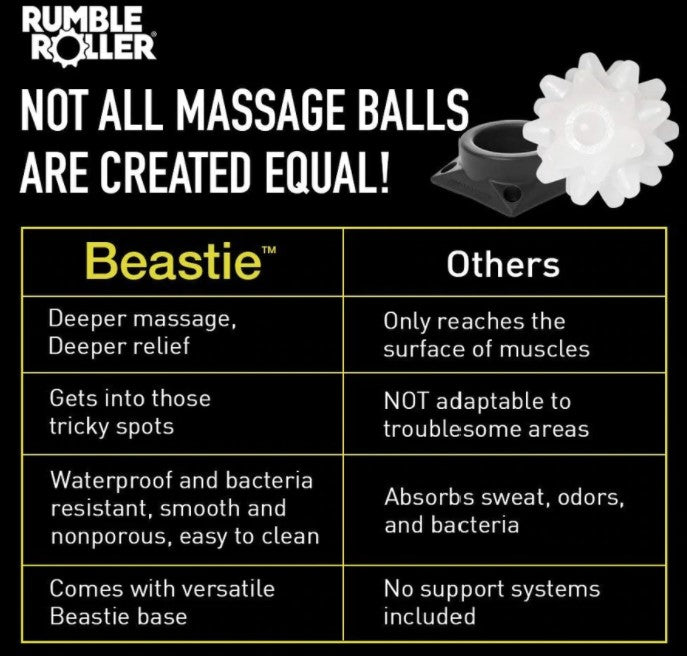
You want to move better. You’re tired of feeling stiff. I am, too. Yeah, I’m a PT and should know all about mobility and how to keep it, but the fact is that I got on that train way too late, after compiling injuries and training for too long in a way that was, quite frankly, really dumb. There’s good news, though: while mobility work in the traditional sense is helpful, so is continuing to train, if you can be specific about it. The SAID principle goes for more than just training adaptations for an athlete — it plays a role in how we move, too. If you’re remotely like me, or anyone I’ve ever trained with, you likely don’t want to lose strength while you improve your ability to be human. This hits home for me because I’m giving myself the first true off-season I’ve had. I used to be mobile and athletic; even while training for meets, things like trail running were never out of the question and even the idea of getting back on a soccer field is something I toyed with.
RELATED: 5 Keys to Fixing Your Hip
But right now, if I move in any motion other than up and down, I feel entirely uncoordinated and like I’ll fall over at the slightest breeze. Super strong in the sagittal plane, but any other plane of motion? Wish me luck. This happened because it’s what I trained my body to do. There’s a ton of great mobility content but we fail to acknowledge that so much of our body’s adaptation in movement is because it’s doing what we’ve asked it to do; our mobility (or lack thereof) is partially a reflection of cumulative effects of training. Every time we go into an extreme position, level of arousal, level of tightness, or speed, we’re asking our body to stay in that position or even state of mind. Of course, our body is going to take these cumulative reps and start to adapt in that manner. Again, the SAID principle goes for more than just strength or speed. How we move is affected by the demands we place on our body. Use that as a tool. Especially if you aren’t someone who has actively pursued mobility work throughout your training and are trying to dig out of a hole, there are a few variables other than intentional true mobility work you can look at to improve movement quality. Many of these are going to feel stupid simple. Easy fixes are good fixes, so do them. The basics are the staples for a reason.
1. Train smarter.
If you take nothing else away from this article, remember the following piece of advice. With regard to movement, there are two basic things I see that contribute to us moving really well in one direction (up and down) but not so much in others: 1) decrease in structural integrity, and 2) increase in dominance of patterns, which can also be referred to as muscular overdevelopment. If you want to move better, you need to make sure you are addressing those things, and the two really do feed each other.
From a programming/preventative standpoint, I had a great conversation with someone as I was preparing to write this article and he articulated it well. He brought up a perspective that was very different from one I was planning on taking. On two ends of the spectrum, we have camps that tout high volume, lower intensity if you can get through it healthy, and another camp that relies on higher intensity work at much lower volume. The person with whom I was speaking brought up a great point that ultimately both are going to break you down. Every rep under the bar has a cumulative effect, and weight is stress to the system. It’s not any coincidence that every coach I’ve spoken to and almost every program tells you vehemently to base your training percentages off a 90% training max, if that. As things get heavier, we do move a little differently, and it’s a different neurological stress. I’ve written about it before, but it is almost impossible to over-emphasize the role of the nervous system and its control in how we move. Prileprin’s Table exists for a reason. Use it, because cumulative reps at certain percentages are how our bodies adapt muscularly and neurologically to move the way that we do. You don’t need 600 total reps over a certain percentage; hit what you need to in order to incur adaptation and move on to maintain structural integrity. From a rehab or improving quality standpoint, things are a little more intentional in other ways. The two biggest mistakes I made early on in lifting were staying too heavy too often and beating myself into the ground. My joints, tendons, ligaments, and all the things I need for structural stability are now at a point where numerous doctors and other therapists (whose opinions I trust, deeply) have cautioned me regarding the pathology I’ve incurred. I’ve got to actually spend the time addressing and improving the situation. That means a long time back to the platform, and it’s not something I’m happy about. Avoid that, please, and do your homework today. There are a few strategies I’ll be utilizing with specific principles in mind. I talk a lot about alternating into or out of patterns, and finding the reciprocal to whatever pattern you’re in. When things get heavy, we don’t necessarily move “differently”, but our bodies exacerbate whatever good and bad patterns exist on a smaller level with sub-maximal weight. In other words, our brain accesses whatever patterns we’re strongest in to make sure we don’t fall over with weight on our back. The more time you spend in that pattern or chain (let's use heavy arch as an example, since
Casey Williams and I just filmed a series on it), the stronger that becomes and the less likely your body is to access an opposite pattern for full, balanced strength. I'll hear someone say all the time, "I don’t start to x until I’m at a certain percentage.” No, this is not really true. Whatever dysfunction is showing up with heavier things is there at lighter weight but subtler. Almost every time, without fail, this is what I see. Whatever you see in your heavier reps is what you will see dividends in by addressing conscientiously during your sub-maximal work. Don’t be lazy about it and just get through the reps. Manipulate variables like cadence/tempo, full range of motion, emphasizing where you’re tight, and where you’re mobile (think squatting). Consider doing high volume rep work for structural stability. Joint pain? Strengthen the surrounding musculature for support. Ladies especially seem to benefit from rep work. We have a little more inherent laxity, so combine that with poor cueing to put a joint at extreme end range and we tend to end up with injury.

2. Find healthy technique.
I don’t mean where you’re strongest; I mean find technique that is healthy for your body and sustainable, which permits you to train without needing to back off due to injury two to three times a year. Remember, immobility can result from pathology/injury (incurred maybe from technique that’s not optimal for you) and the subsequent need to over-stabilize. Injury development, especially overuse ones that we see, may be reduced by altering positional changes in technique. Strength will come — it always does if you put in the work for it. If you’re really strong as a wide stance squatter but your hips hurt the rest of the evening and you have trouble getting out of bed the next day, this is me telling you to quit wide stance squatting, even if you’re a little weaker in a different stance. This is hard, because coaches will cue you to move differently than what your body will permit. You need to communicate that to your coach. If they have any of your best interest at heart, they will modify programming and percentages to accommodate health. If you ever come to an elitefts seminar, UGSS, or have a chance to work with one of us, I can guarantee no one will keep cuing you into something that is painful for you or is not how your body is built to move. You’ve got to go on your intuition here because we don’t have x-ray vision to see your bone structure. We are all built structurally differently and need to take that into account. Your body is in an extreme state with this sport, so it won’t feel like rainbows and sunshine, but cues you are actively given should never generate an inherent “hell no” in your brain. Pay attention to that.3. Do what you suck at.
Do what you suck at with regard to pattern and exercise choice. There’s a reason you’re not good at specific movements and it’s probably why certain accessories that let you cheat feel a little more fun. Great with Yates rows? What about a more strict barbell row with a neutral spine and pelvis, keeping things controlled? It’s a shot to the ego, but watch your total go up when you figure out how to keep your core in a position that has better carryover to your main movement's desired position. If you’re like me and are stuck in one plane of motion, do the other things, even if in limited capacity. Practice lateral movements. Practice building into rotation. Then integrate them to move together. The “do what you suck at” mentality is not just for accessory work; remember SAID for mobility.4. Don't forget mobility work.
Yes, some is better than none and there’s a reason that mobility work is effective. Pick 2-3 exercises and do them consistently for a week and see how you feel. Then change them for the next week. It doesn’t have to be fancy, and you don’t need the “perfect” recipe. The great news is that because our body moves as a chain, improvements in one area will likely help decrease stress in another. One good rule of thumb may be to pick one exercise for one major area of the body, such as the ankle, hips/lumbar spine, and thoracic spine/ribcage. Do not underestimate the value of little things like bodyweight movements for stability, as it promotes neural control (and therefore increased stability) in that range. Like I mentioned before, do what you’re not good at. I want to make sure it’s understood that my point in this article is not “mobility work isn’t needed.” It is. My point is that you can utilize training to help with that process. As your mobility improves, you’re going to need to stabilize the increased ranges of motion and improve integration of movement patterns to your competition movements underneath a bar. My point is that if you’ve been squatting hard with a heavy arch and your hips hurt you, maybe it’s best to get under the bar in a capacity that changes things and doesn’t create pain. My point is that if you’re immobile, not moving is probably not the best way to modify that. Un-doing Frankenstein doesn’t have to mean not touching a barbell — it means using it in a way that feels like not-Frankenstein. So be accountable to that. Whatever you’re doing, stop and ask yourself if you’re actually accomplishing the purpose.
























































